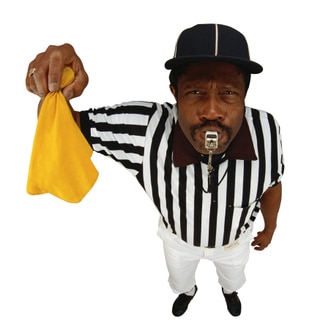 In what many are calling the largest eDiscovery sanction penalty ever leveled directly against an attorney, a Virginia state judge ordered lawyer Matthew Murray to pay $522,000 for instructing his client to remove photos from his Facebook profile, and for his client to pay an additional $180,000 for obeying the instructions. A copy of the final order in Lester v. Allied Concrete Company is available here.
In what many are calling the largest eDiscovery sanction penalty ever leveled directly against an attorney, a Virginia state judge ordered lawyer Matthew Murray to pay $522,000 for instructing his client to remove photos from his Facebook profile, and for his client to pay an additional $180,000 for obeying the instructions. A copy of the final order in Lester v. Allied Concrete Company is available here.
If Murray had initiated a proper legal hold concerning his client’s social media evidence instead of directing blatant spoliation, he would be a lot wealthier and likely kept his job. Instead, he apparently quit his position as managing partner of the largest personal injury firm in Virginia and, according to local press reports, he no longer practices law.
The court’s findings reflect that Murray told his client to remove several photos from his Facebook account on fears that they would prejudice his wrongful death case brought after his spouse’s fatal automobile accident. One of the photos depicts the allegedly distraught widower holding a beer and wearing a t-shirt emblazoned with “I [heart] hot moms.” Murray instructed his client through his assistant to “clean up” his Facebook account. “We do not want blow ups of other pics at trial,” the assistant’s email to Lester said, “so please, please clean up your Facebook and MySpace!”
This case reflects a trend we see based on anecdotal data points where a minority of legal and eDiscovery practitioners have not quite placed social media evidence on the same par as other electronic evidence. For instance, I believe it is highly unlikely that Murray would have instructed his client to delete all his emails or wipe his hard drive, but for some reason he differentiated social media evidence.
The attorneys we speak with are telling us that social media evidence is relevant to nearly every case they handle and the savvy ones are using social media evidence to win their cases. And as we recently noted, since 2010 social media evidence played a key role in 675 different cases with published decisions reflecting such involvement and in presumably tens of thousands more cases not involving published decisions. Those numbers will only increase as social media networks grow even more popular.
However, I was struck by one recent conversation where an eDiscovery consultant had not yet included social media data source in their standard investigation checklist. To be fair, there has not been best practices technology available to enable scalable, mainstream social media eDiscovery until recently, which impacts standard processes.
But just as the Virginia state court judge saw no difference between Facebook postings and other “traditional” electronically stored information, neither should anyone in the legal and investigative fields, especially since the software needed to get the job done is now available.
UPDATE: Here is copy of the previous court ruling determining sanctions were in order. The final order set the amount.
